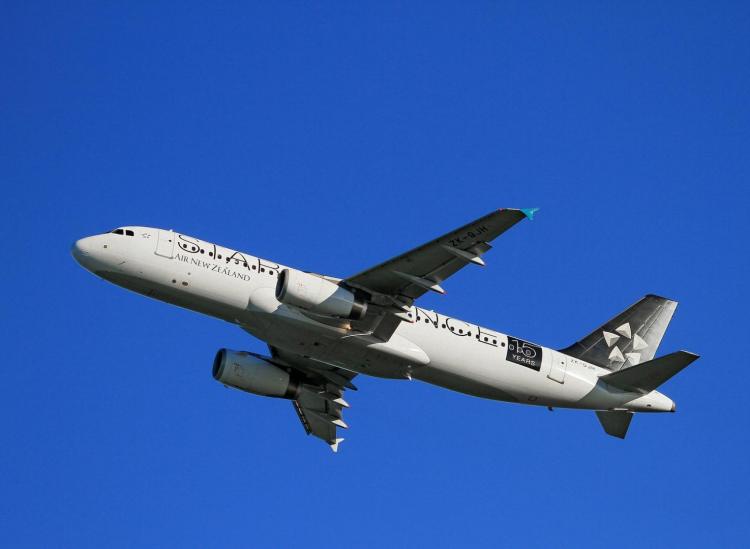Here Are 8 Ways To Calm Your Fear Of Flying

Pixabay
Air travel can be terrifying. In fact, nearly a quarter of Americans say they have a fear of flying. So if your heart rate speeds up just by thinking about strapping into a turbulent flight across the country, we can help. Try these easy tips to help soothe your fear of flying.
1. Sit in the front of the plane.
Even if you’re stuck on a super bouncy flight, there’s less turbulence in the front of the plane. Think of it like the school bus days when the kids in the back would go flying anytime the bus hit a pothole. It’s the same for planes.
If your worries increase with turbulence, it might be worth paying a couple extra dollars to reserve a seat in the first couple rows.
2. Know your symptoms.
Don’t be surprised when the symptoms of anxiety show up at take-off. If you can identify your symptoms ahead of time (whether you tend to feel nauseated, out of breath, dizzy, shaky or like your heart is racing), you’ll be better off. People panic more when they notice their bodies reacting to fear. If you can pinpoint the physical manifestation of your anxiety, it’s easier to handle.
3. Use positive self-talk.
When you’re walking through the airport, remind yourself of the positive aspects of flying. Think about what awaits you once you land, maybe an adventure in a new destination or a reunion with family or friends.
It doesn’t hurt to give yourself a pat on the back for braving the skies. Any kind of positive reinforcement helps.
4. Learn how airplanes work.
It might help alleviate some worries if you can understand what makes the plane shake and what causes engine rumblings mid-flight. Do some pre-flight Googling about how planes stay in the air.
Although it might seem helpful, do not search plane crash statistics. Even knowing the chances are very low will not squash your fear. Anxiety is not rational, but it can be outsmarted. Lessening unknowns (like why pilots occasionally ask flight attendants to take their seats during a bad bout of turbulence) means there’s less to jumpstart your anxiety.
5. Fight the cycle of bad thoughts.
When your mind starts racing through all the ways things could go wrong, actively force yourself to think of other mantras. Replace “I’m going to die” with “I’m going to be fine.” If you tell yourself you might die, of course, your body will react with anxiety. Don’t give your fear more ammunition than it already has. Instead, assure yourself you will survive.
6. Make an in-flight to-do list.
The anxiety-free traveler will probably tell you to distract yourself. But anxious minds know it’s impossible to casually distract yourself from fear. However, you can force yourself to focus on other tasks. If you create a to-do list that you must accomplish by the end of your flight, you’ll have less energy to use on worry.
Passive activities (like watching a movie) leave room for your mind to wander, so we’d recommend your list contain little goals such as beating a level of your favorite phone game or reading a certain amount of a new book.
7. Lean into the fear.
It might seem counter-intuitive, but watching a scary movie during your flight can be helpful. While it won’t calm all your worries, it might transfer the fear for your personal safety onto the characters. For the duration of the flight, you can be engrossed in their struggles instead of focusing on your own.
8. Focus on your breathing.
Many people experience difficulties breathing during a panic attack, so putting focus on your breath can help you calm down. Start by counting your breaths, then transition into even inhales and exhales.
You can also try meditation. Popular apps like Headspace have downloadable meditation programs you can use during your flight.
It’s perfectly normal to feel scared before or during a flight – flying is a totally unnatural premise. But if you’ve tried all the tips and your fear of flying is interfering with reaching your career or personal life goals, consider an intervention such as cognitive behavioral therapy with a trained professional.











